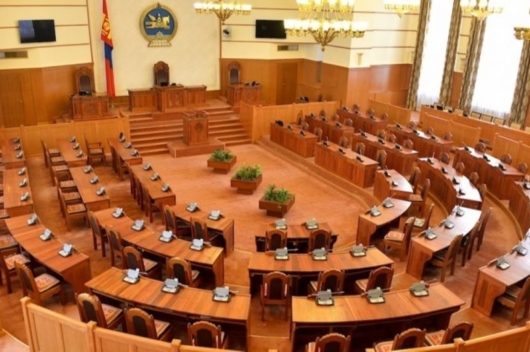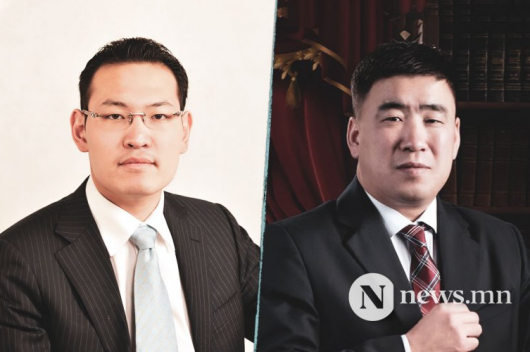Amid a fairly successful response to the COVID-19 pandemic, Mongolia is holding its parliamentary election on June 24 on its usual four-year cycle. Equally cyclical is yet another revision of the electoral system, this time reverting to the 2008 system of multi-member majoritarian voting. Mongolia has been divided into 29 electoral districts (provinces and capital city districts) which will each elect two to three MPs. This electoral system is rarely used in national elections elsewhere; it is known to be unfavorable to women candidates but may benefit prominent candidates, whether they are new or long-established.
A total of 670 candidates are running in the election; 208 are independents. Two parties and one electoral coalition are running full slates of candidates. The Ulaanbaatar district of Sukhbaatar has the greatest number of candidates (28) competing for three seats, while western Uvs, with its 20 candidates, has the greatest number outside the capital.
When considering whether this election might bring an important shift in Mongolia’s political culture, there are three different kinds of new candidates in this election: new candidates with the established parties — Mongolian People’s Party (MPP), Democratic Party (DP) and Mongolian People’s Revolutionary Party (MPRP) — candidates in new(ish) parties (especially the National Labor Party), and independents.
Women could potentially contribute to a change in political culture. Political parties and coalitions are required by the Election Law to have women make up a quota of at least 20 percent of candidates. Currently, among the two major parties, the MPP has 16 and the DP has 17 female candidates, just over the 20 percent quota. One of the major electoral coalitions is the Right Person Electorate Coalition, with 16 women out of their 59 candidates (27 percent). (source: Diplomat)
 3,575.44
3,575.44











Related News